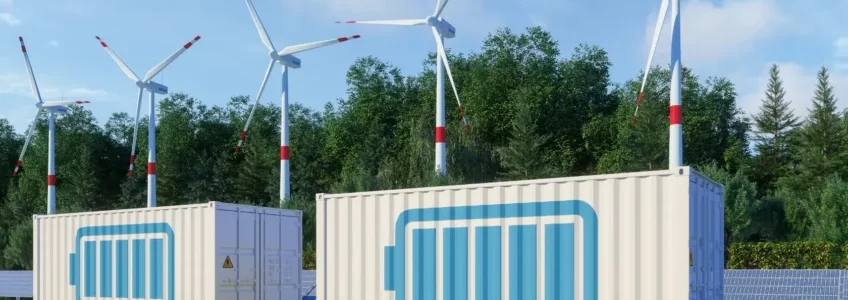With the increasing need for sustainable energy sources, innovation in battery technology becomes paramount. One such advancement emerging from the labs of the University of Cincinnati is the membrane-free lithium-ion battery. This technological marvel could become a game-changer, particularly for our grid systems, which thirst for efficient, cost-effective energy storage.
Why Current Batteries Don’t Make the Cut
Before diving into the promising features of membrane-free lithium-ion batteries, it’s essential to understand the challenges posed by traditional batteries. Lead-acid batteries, the staple for many industries, suffer from low energy density. This low energy capacity makes them an unsuitable choice for storing significant amounts of energy, which grid systems and large-scale renewables desperately need.
Furthermore, these conventional batteries face electrochemical stability issues. Using water as a primary component, they’re prone to exceed a voltage threshold, causing water to split into hydrogen and oxygen. This process, needless to say, can lead to explosions, posing serious safety concerns.
What Are The Disadvantages Of Lead-Acid Batteries?
As mentioned in the section above, compared to other types of batteries, like lead-acid batteries have a significantly lower energy density. This means they need to be larger in size to store the same amount of energy, which can be inconvenient for applications requiring portability. Here are a few other major disadvantages worth noting:
- They are heavier which is not ideal for certain applications, like electric vehicles
- Lead-acid batteries tend to have a shorter cycle life which requires more frequent replacement
- Flooded lead-acid batteries require regular maintenance
- Real environmental concerns as lead is a toxic heavy metal
- Lead-acid batteries can be damaged if they are deeply discharged often
- Their performance can degrade in extremely cold or hot conditions
- While they can deliver high bursts of current, their performance can drop if a high current is drawn continuously
Redefining Battery Technology with Membrane-Free Design
The membrane-free lithium-ion battery, a brainchild of a team led by associate professor Jimmy Jiang, aims to eliminate the shortcomings of conventional batteries. The most radical aspect of this new design is the absence of the much-debated membrane separator.
These membranes, albeit crucial in traditional designs, are both expensive and inefficient. By doing away with them, not only can we expect a significant reduction in battery costs (by as much as 30%), but we can also anticipate a surge in battery efficiency. With membranes out of the picture, the issues of incomplete separation and crossover are entirely resolved.
But the benefits don’t stop there. This new design excludes water, which directly tackles the explosion risks associated with conventional batteries. With a power generation capacity of four volts, the membrane-free design stands tall, promising a safer, more efficient battery technology for our future.
What This Battery Technology Means for Sustainable Energy
Imagine a world where our homes are powered seamlessly by renewables – be it solar or wind. For this dream to become a reality, energy storage becomes critical. Battery technology like the membrane-free lithium-ion battery ensures that energy is stored when produced in abundance and utilised when necessary.
Having a reliable and efficient battery system means that renewable energy sources can be harnessed to their fullest potential. With energy consumption often outpacing production, having a battery that bridges this gap is nothing short of revolutionary.
Must-Read: Incredible Energy Innovations For A Brighter Tomorrow
Why the Next Two Decades Are Pivotal
According to Jiang, while the initial results are promising, the journey has just begun. As we stand on the cusp of a battery revolution, continuous research and improvement are vital. But with the dedicated minds at institutions like the University of Cincinnati and the combined efforts of researchers worldwide, the coming decades hold immense promise.
Jiang’s students, echoing his sentiments, highlight the potential of this battery technology. The possibility of a battery that not only boasts higher energy density but also cuts down significant production costs heralds a new era of energy storage.
Recommended: The Future Of Energy Storage Systems
In Conclusion
The world is in dire need of advancements in battery technology. With the introduction of membrane-free lithium-ion batteries, we’re not just looking at reduced costs but also at a safer, more efficient energy storage solution. This could potentially reshape our energy landscape, making renewable sources more accessible and reliable.
The next step? Embracing these innovations, supporting further research, and making the shift towards more sustainable energy solutions.


Recent Comments